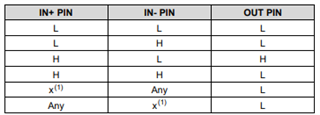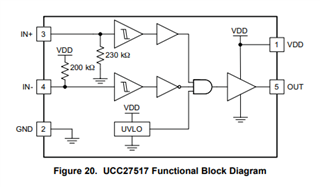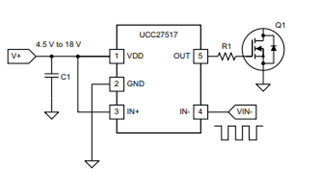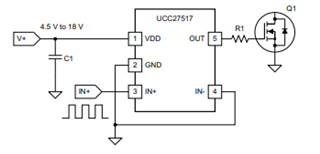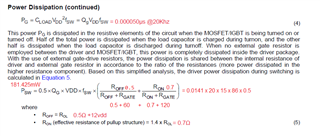Other Parts Discussed in Thread: UCC27714, UCC27516
Hello forum gurus,
How can output sink 300mA continuous absolute maximum but also accept 500mA reverse, AKA negative current flow (Pg16,Fig.23)while the input is at CMOS low logic level?
This UCC is used for existing brake drive circuit on PCB to replace competitions FL3100TSX. There is no way to disable output, shouldn't there be a pulse generator drive the output stages? My concern is the NFET QG86nC requires more than 300mA continuous Roff gate drive where a series diode also boosts Goff current above Gon, in this scenario VDD=+15.2vdc.
I hope we can understand how it can work as 10 pieces are in the mail.
Thanks for ideas and help



